Python has become a go-to programming language for data scientists and analysts due to its simplicity and a rich ecosystem of powerful libraries. In this article, we'll explore the most popular Python libraries used for data analysis.
Why Python for Data Analysis?
-
Easy to learn: Python's readable syntax makes it accessible for beginners.
-
Large community: A vast community provides ample resources and support.
-
Diverse libraries: Numerous specialized libraries cater to various data analysis tasks.
-
Comprehensive toolkit: Handles data collection, cleaning, analysis, and modeling.
Popular Python Libraries for Data Analysis
-
NumPy:
-
The cornerstone of numerical computations in Python.
-
Used for creating and manipulating arrays, essential for data analysis.
-
Provides a wide range of mathematical and logical functions.
-
-
Pandas:
-
Designed for data manipulation and analysis, especially tabular data (DataFrames).
-
Offers functions for reading data from files, cleaning data, handling missing values, and conducting exploratory data analysis.
-
Integrates seamlessly with NumPy.
-
-
Matplotlib:
-
A versatile library for creating various plots and visualizations.
-
Allows for detailed customization of plots.
-
Ideal for presenting analysis results.
-
-
Seaborn:
-
Built on top of Matplotlib.
-
Emphasizes creating aesthetically pleasing and informative visualizations.
-
Well-suited for complex visualizations.
-
-
Scikit-learn:
-
A comprehensive machine learning library covering algorithms like classification, regression, and clustering.
-
Provides tools for model evaluation and selection.
-
-
TensorFlow and PyTorch:
-
Used for deep learning applications.
-
TensorFlow is developed by Google, while PyTorch is developed by Facebook.
-
Both offer extensive tools and functions for building and training neural networks.
-
Getting Started with Python for Data Analysis
-
Install Python: Download and install Python from the official website.
-
Install libraries: Use the pip install command to install required libraries, e.g., pip install numpy pandas matplotlib seaborn scikit-learn.
-
Practice: Learn more and find code examples from the official documentation of each library or from learning platforms like Coursera, Udemy, and Kaggle.
Python libraries are powerful tools for data analysis. Learning and using these libraries will enable you to perform efficient data analysis and create impactful insights.



